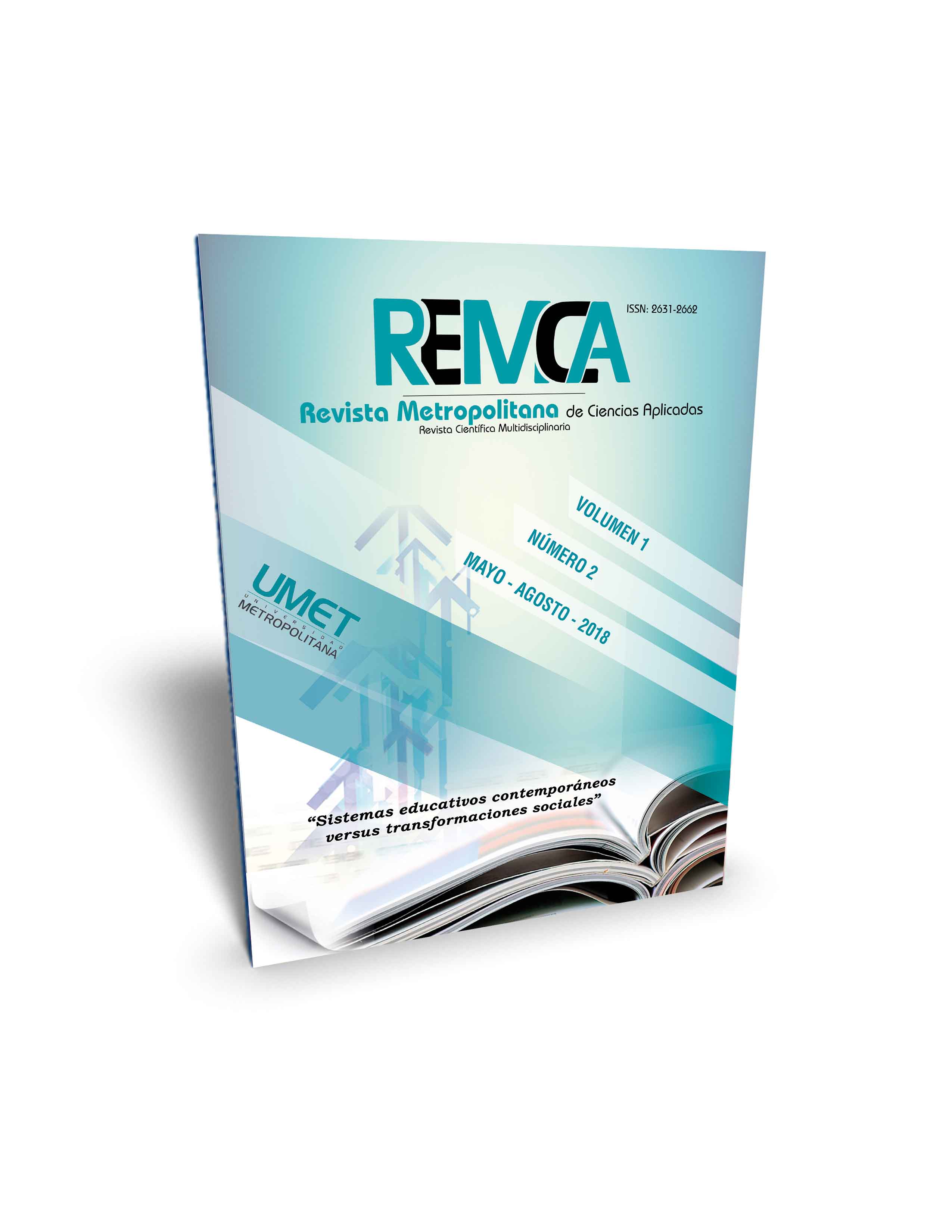The teaching of probability distribution functions. Practical experiences
DOI:
https://doi.org/10.62452/59n4xf48Keywords:
Functions, probability distribution, statistical analysis, discrete variables, statistical programsAbstract
In the paper the authors aim to show the possible ways to use some software packages as a support in the teaching processes for the development of statistical analysis skills in the students. It addresses the experience of the authors by teaching Statistics in several study programs, with the support of IBM SPSS Statistics Base. The knowledge of Statistics is necessary in all professions, as well as support of scientific research or for the daily empirical performance. The teaching of Statistics is therefore present in the curricula of all professions; however is not one of the most liked subjects by the students.
Downloads
References
Devore, J. L. (2008). Probabilidad y estadística para ingeniería y ciencias. México, D.F.: Cengage Learning Editores, S.A. de C.V.
Guerra Bustillo, C. et al. (2003). Estadística. La Habana: Félix Varela.
International Business Machines Corporation. (2017). SPSS Statictic Base V.22. Recuperado de http://www-03.ibm.com/software/products/es/spss-stats-base/
Lind, D. A, Marchal, W., & Mason, R. D. (2004). Estadística para administración y economía. México, D.F.: Alfaomega Grupo Editor, S.A. de C.V.
Vargas Sabadías, A. (1995). Estadística Descriptiva e Inferencial. Cuenca: Compobell, S.L.
Walpole, R. E., et al. (1999). Probabilidad y estadística para ingenieros. México: Prentice- Hall Hispanoamericana, S.A.
Downloads
Published
Issue
Section
License
Copyright (c) 2018 Ana Lilia Castillo Coto, Miguel Ángel Fernández Marín, Fidel Ángel Gutiérrez Rodríguez (Autor/a)

This work is licensed under a Creative Commons Attribution-NonCommercial-ShareAlike 4.0 International License.
Authors who publish in Revista Metropolitana de Ciencias Aplicadas (REMCA), agree to the following terms:
1. Copyright
Authors retain unrestricted copyright to their work. Authors grant the journal the right of first publication. To this end, they assign the journal non-exclusive exploitation rights (reproduction, distribution, public communication, and transformation). Authors may enter into additional agreements for the non-exclusive distribution of the version of the work published in the journal, provided that acknowledgment of its initial publication in this journal is given.
© The authors.
2. License
The articles are published in the journal under the Creative Commons Attribution-NonCommercial-ShareAlike 4.0 International License (CC BY-NC-SA 4.0). The terms can be found at: https://creativecommons.org/licenses/by-nc-sa/4.0/deed.en
This license allows:
- Sharing: Copying and redistributing the material in any medium or format.
- Adapting: Remixing, transforming, and building upon the material.
Under the following terms:
- Attribution: You must give appropriate credit, provide a link to the license, and indicate if any changes were made. You may do this in any reasonable manner, but not in any way that suggests the licensor endorses or sponsors your use.
- NonCommercial: You may not use the material for commercial purposes.
- ShareAlike: If you remix, transform, or build upon the material, you must distribute your creation under the same license as the original work.
There are no additional restrictions. You may not apply legal terms or technological measures that legally restrict others from doing anything the license permits.




